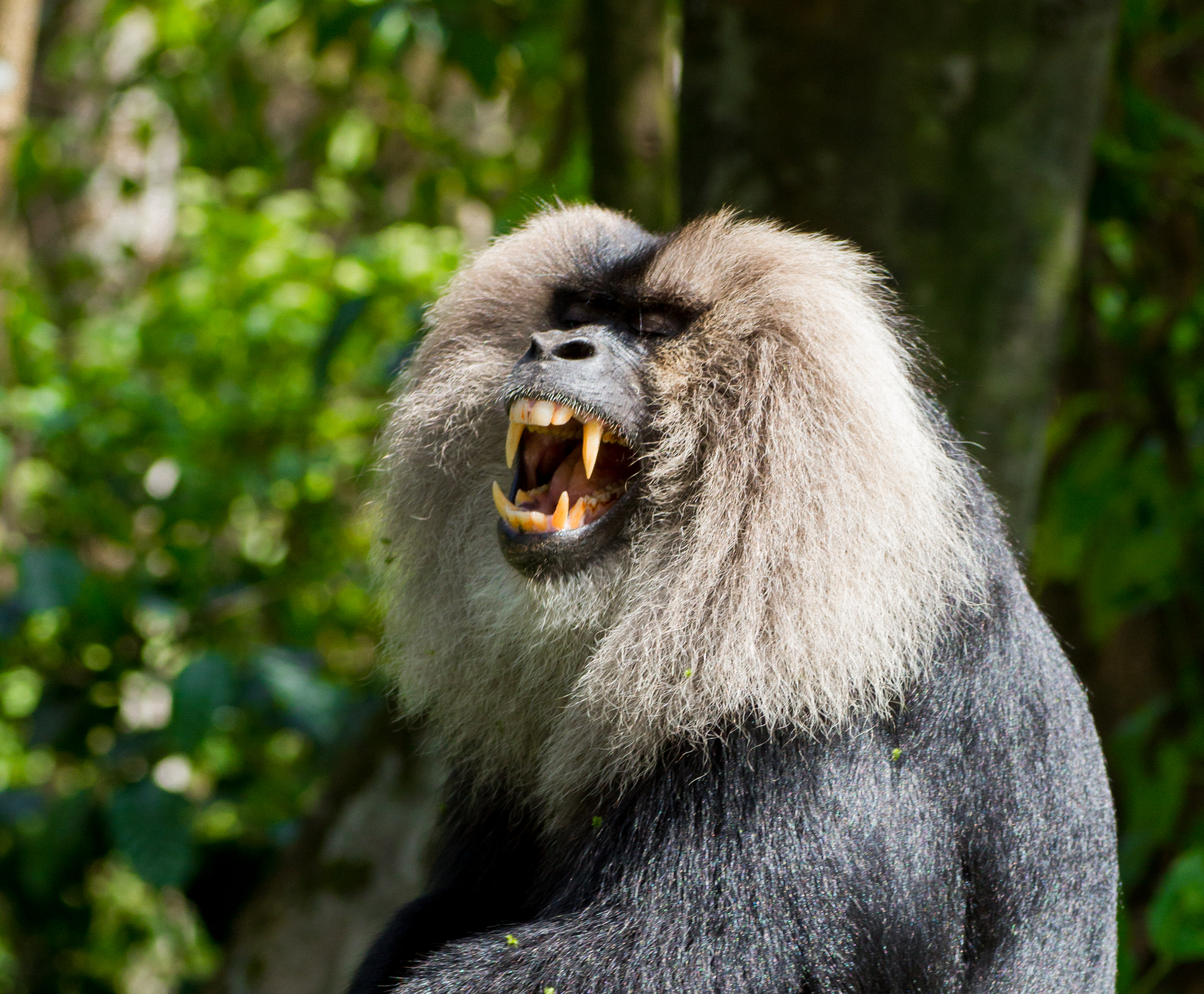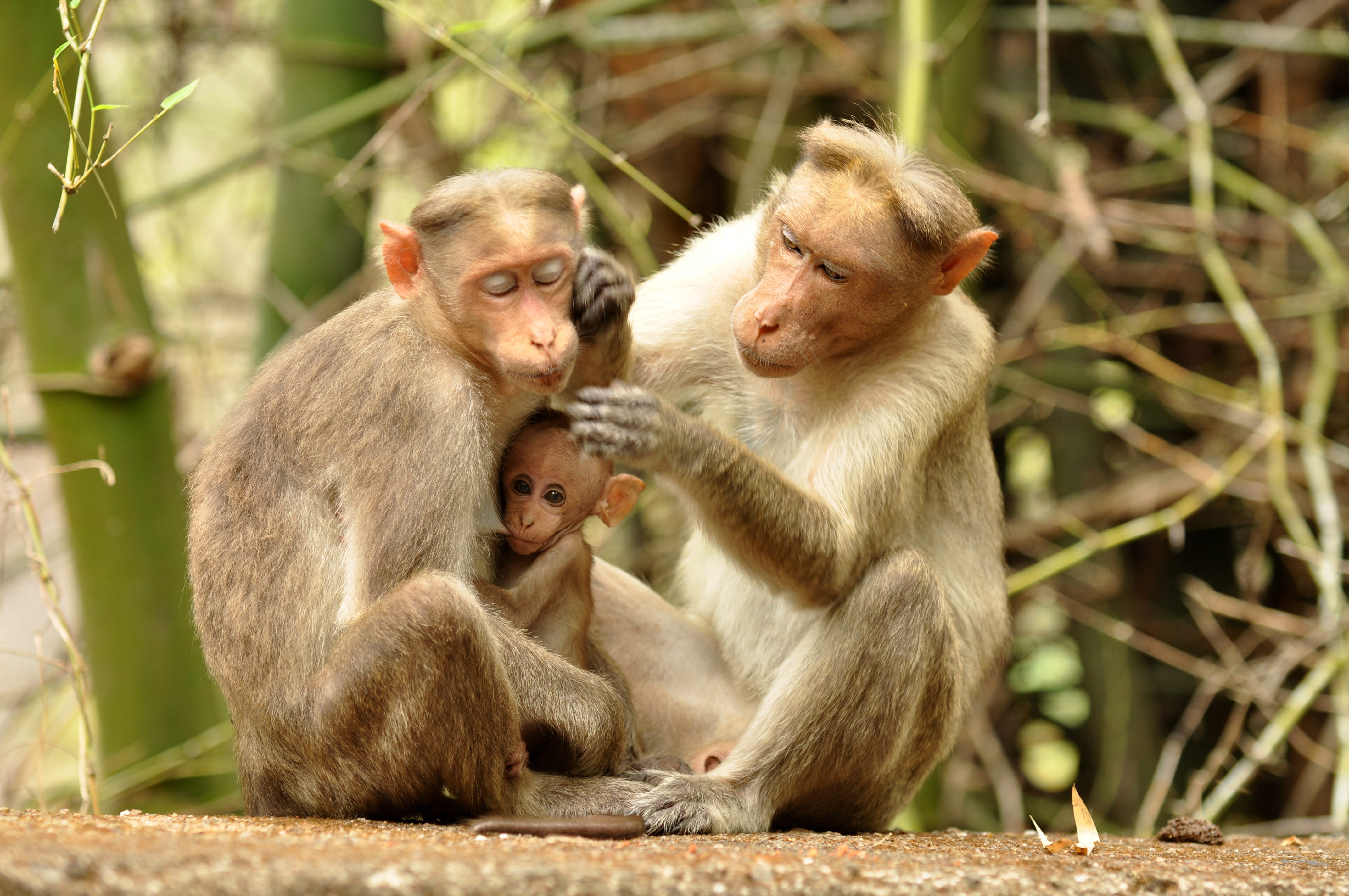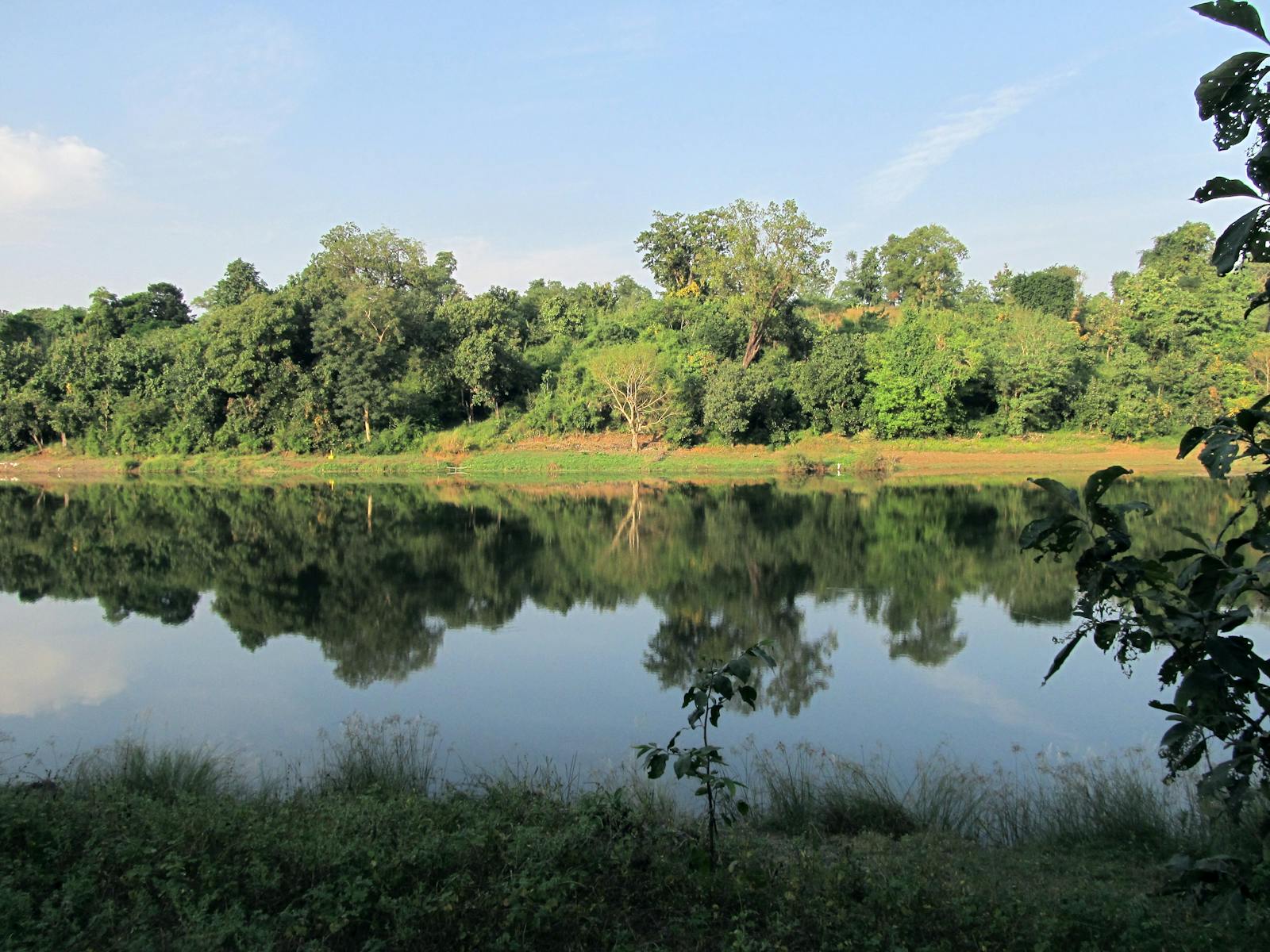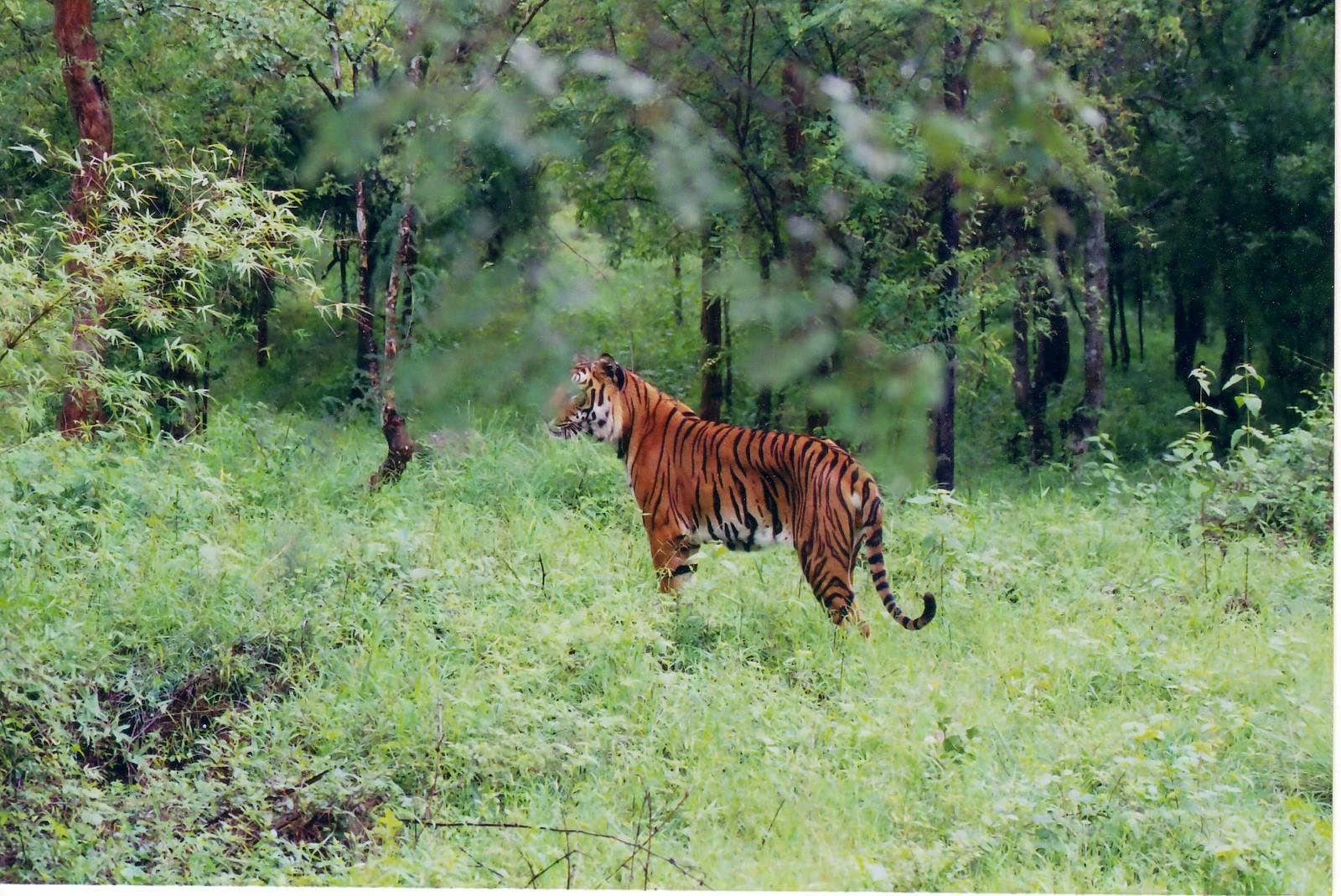North Western Ghats Moist Deciduous Forests
The ecoregion’s land area is provided in units of 1,000 hectares. The protection goal is the Global Safety Net (GSN1) area for the given ecoregion. The protection level indicates the percentage of the GSN goal that is currently protected on a scale of 0-10.
Bioregion: Indian Tropical Coastal Forests (IM2)
Realm: Indomalaya
Ecoregion Size (1000 ha):
4,831
Ecoregion ID:
253
Conservation Target:
9%
Protection Level:
6
States: India
The southernmost forests of the North Western Ghats Moist Deciduous Forests ecoregion support one of largest and most important populations of the lion-tailed macaques, India’s most threatened primate which is also endemic to the Western Ghats range. This ecoregion represents the lowland forests along the northern extent of the Western Ghats Mountains, known for its biological richness and large numbers of endemic species. Together with the forests along the higher elevations of the mountain range, these lowland forests capture the change in species communities along an elevation gradient.
The ecoregion extends through the Indian states of Maharashtra and Karnataka, northwards from where the South Western Ghats Moist Deciduous Forests ecoregion ends. The Western Ghats range represents the steep, faulted edges of the Deccan Plateau, from when it broke free of the southern Gondwanaland supercontinent more than 150 million years ago to embark on a northward drift until it collided with the northern Eurasian continent.

The flagship species of the North Western Ghats Moist Deciduous Forests ecoregion is the lion-tailed macaque. Image credit: Creative Commons
The climate is tropical, humid, and hot. The mountains intercept the southwestern monsoons, which bring rains from June to September. But there is a moisture gradient from the west to east because of the rain shadow cast by the mountains. Thus, the western side can receive up to 3,000 mm of rain annually, but the eastern side can receive as little as 1,000 mm. Mean annual temperature ranges from 24 to 27°C, but maximum temperatures can soar to over 40°C when moving away from the ameliorating influence of the ocean.
The forests are characterized by teak, mixed with species of Grewia, Lagerstroemia, Dillenia, Dalbergia, Pterocarpus, to name a few of the many trees that make up these forests. Interspersed among the trees are clumps of the tall Indian thorny bamboo that can grow to over 35 m in height. The leaves, roots, and even the seeds of this bamboo are used to treat inflammations, ulcers, diabetes, and even internal parasites by traditional healers. But just 8 g of raw or improperly cooked shoots can also cause death.

Rhesus macaques. Image credit: T R Shankar Raman, Creative Commons
The ecoregion harbors about 90 mammal species, including several large, threatened species such as the tiger, common leopard, Asian elephant, Indian bison or gaur, wild dog, and sloth bear. Unfortunately, because of extensive habitat fragmentation, the populations of these megafauna are also fragmented and numbers are depleted.
The bird fauna is much richer, with more than 345 species recorded from the ecoregion. The list includes several globally threatened species, such as the spot-billed pelican and lesser florican. Three species of hornbills, Malabar grey hornbill, Indian grey hornbill, and great hornbill, indicate the presence of large fruit-bearing trees in the remaining forest patches.
Most of the ecoregion’s natural forests has now been cleared, and just 5% is under formal protection, with about 15% remaining outside the system of protected areas. Hunting is widespread, including that of lion-tailed macaques.[vii] Reviving the concept and reverence of sacred groves has been proposed as one strategy to protect remaining forest fragments that support important and rare forest species.
Thus, the recommended conservation actions are to: 1) promote community-based conservation through engagement of local communities and religious institutions; 2) expand the number, size, and connectivity of protected areas in the ecoregion to cover the remaining habitats and protect them from deforestation; and 3) strengthen the capacity of protected areas staff for better monitoring and control of poaching.
Citations
1. Wikramanayake, E, E. Dinerstein, et al. 2002. Terrestrial Ecoregions of the Indo-Pacific: A Conservation Assessment. Island Press.
2. Bawa, K.S., Das, A., Krishnaswamy, J., Karanth, K.U., Kumar, N.S. and Rao, M., 2007. CEPF Western Ghats and Sri Lanka ecosystem profile.
3. Santhosh, K., Raj, V.M. and Kumara, H.N., 2013. Conservation prospects for the lion-tailed macaque (Macaca silenus) in the forests of Sirsi-Honnavara, Western Ghats, India. Primate Conservation, (27), pp.125-131.




